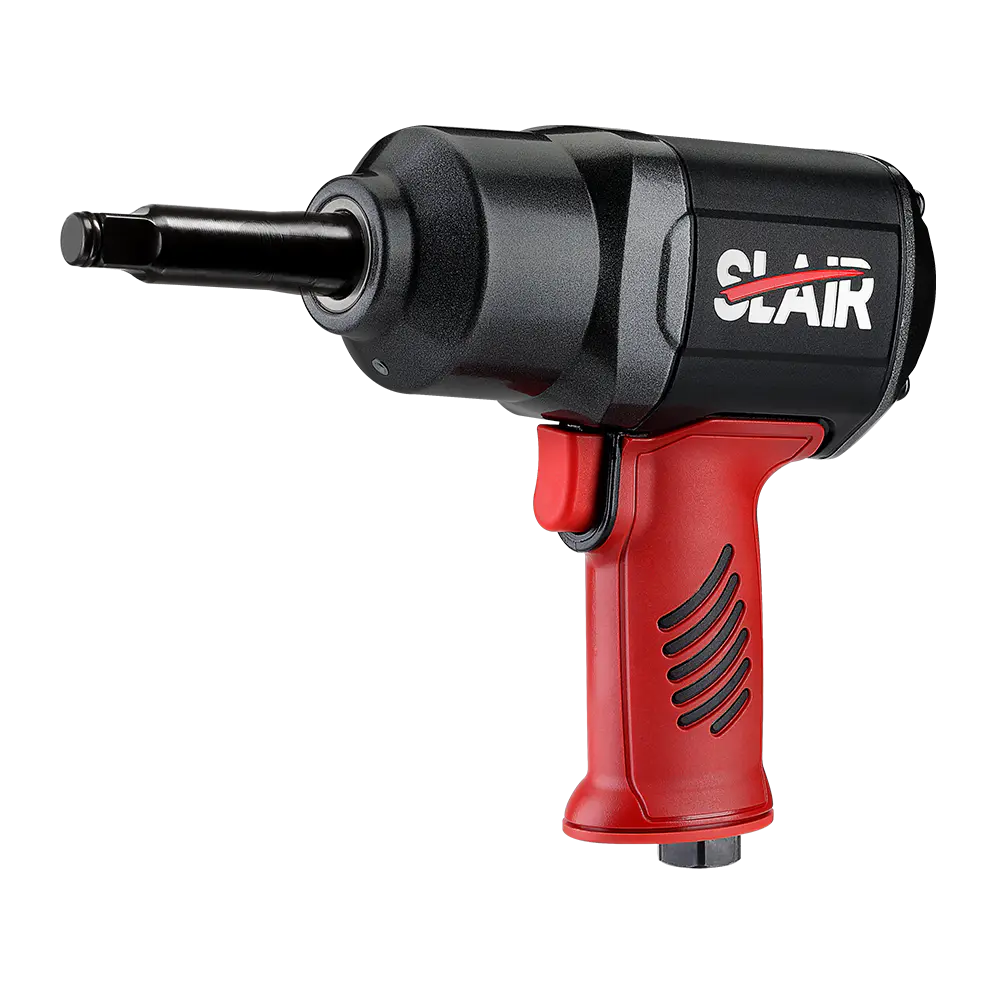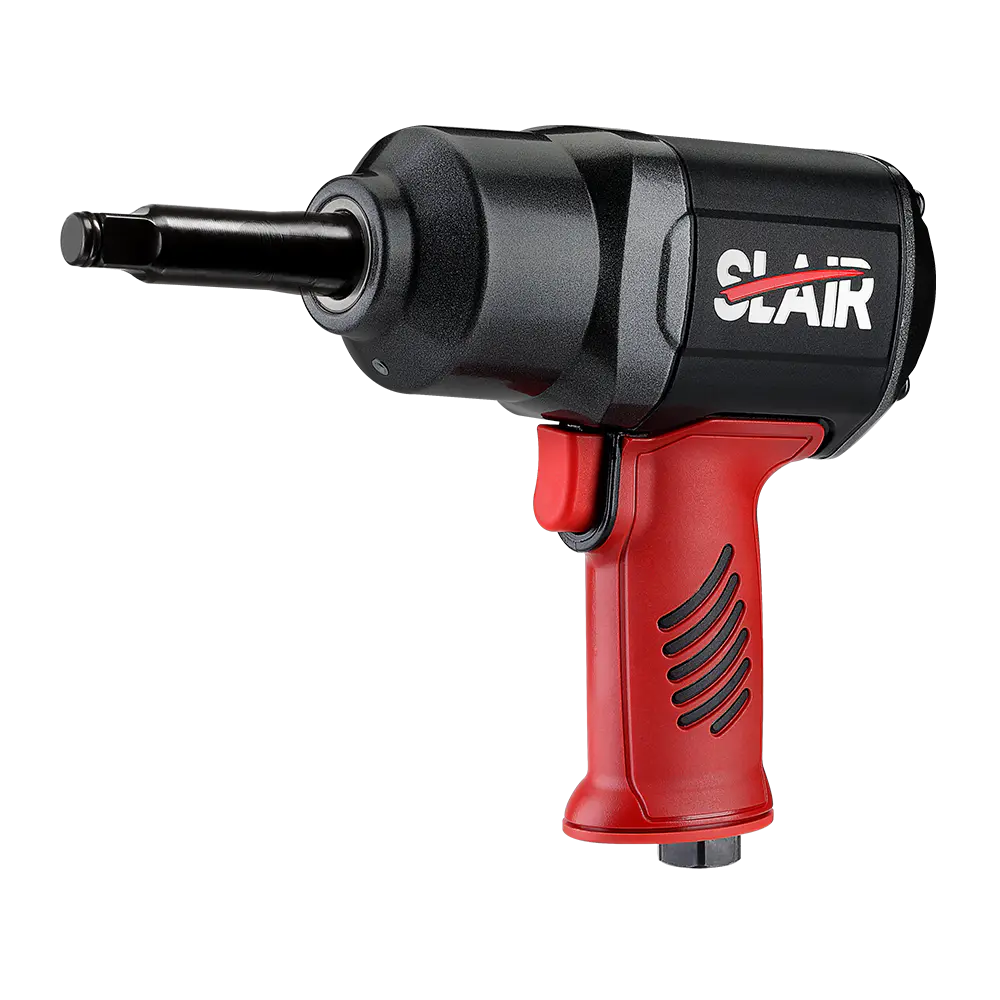Vibration levels in an air impact wrench significantly affect both usability and user comfort. Here's how:
User Fatigue: High-frequency vibrations emitted by an air impact wrench propagate through the user's hands and arms, inducing muscular fatigue and discomfort. This phenomenon is particularly pronounced during prolonged usage sessions or when operating at higher torque settings. The repetitive nature of this vibration exposure can lead to cumulative muscle strain and microtrauma, exacerbating user fatigue over time. Consequently, users may experience diminished stamina and dexterity, impairing their ability to maintain consistent performance levels and increasing the likelihood of errors or accidents.
Reduced Precision: Vibration-induced hand tremors and instability adversely impact the user's fine motor skills and coordination, compromising their ability to execute tasks with precision and accuracy. This effect is especially problematic in applications necessitating intricate maneuvers or tight tolerances, such as fastener installation in delicate machinery or assembly of precision components. The inability to maintain steady control over the tool can result in misalignments, overtightening, or damage to workpieces, leading to costly rework and quality control issues.
Health Issues: The prolonged exposure of workers to high levels of hand-arm vibrations poses a significant occupational health risk, manifesting in various musculoskeletal disorders collectively referred to as Hand-Arm Vibration Syndrome (HAVS). HAVS encompasses a spectrum of debilitating symptoms, including vascular, neurological, and musculoskeletal impairments. Peripheral vascular constriction, nerve compression, and tissue inflammation contribute to symptoms such as numbness, tingling, and chronic pain in the hands, wrists, and arms. Left untreated, HAVS can progress to irreversible conditions such as Raynaud's phenomenon, characterized by the blanching and cold sensitivity of affected extremities, severely impacting the affected individual's quality of life and employability.
Grip and Handling: Excessive vibrations compromise the user's ability to maintain a secure grip on the air impact wrench, diminishing operational control and increasing the risk of tool slippage or loss of stability. In high-stakes environments such as construction sites or industrial manufacturing facilities, where heavy machinery and hazardous materials are prevalent, the consequences of a dropped or errantly wielded tool can be catastrophic. The need to exert additional force to compensate for grip instability exacerbates user fatigue and contributes to the onset of musculoskeletal injuries, perpetuating a vicious cycle of diminished productivity and worker well-being.
Performance Degradation: The adverse physiological and psychological effects of prolonged vibration exposure translate into tangible performance decrements, impairing the user's cognitive acuity, decision-making abilities, and task execution efficiency. The discomfort and distraction induced by vibratory stimuli divert cognitive resources away from the primary task at hand, impeding concentration and situational awareness. Consequently, users may experience diminished reaction times, increased error rates, and suboptimal task throughput, undermining overall operational effectiveness and jeopardizing workplace safety.
Tool Longevity: The mechanical integrity and functional reliability of an air impact wrench are contingent upon its ability to withstand prolonged exposure to high-intensity vibration environments without succumbing to premature wear or component failure. However, the vibratory forces generated during tool operation subject internal components such as bearings, gears, and impact mechanisms to elevated levels of stress and fatigue, accelerating their degradation rate and shortening the tool's operational lifespan. Consequently, proactive maintenance interventions, including lubrication, inspection, and component replacement, are essential to mitigate the deleterious effects of vibration-induced wear and preserve the long-term functionality and durability of the air impact wrench.
SLAIR LONG ANVIL 1/2" AIR IMPACT WRENCH






 English
English 中文简体
中文简体 русский
русский Deutsch
Deutsch Português
Português Español
Español
















